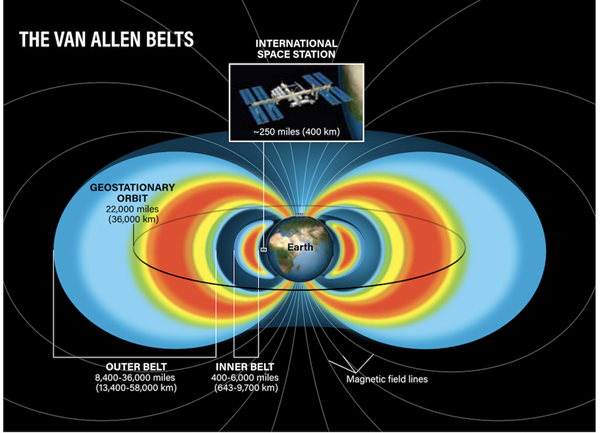The International Space Station (ISS) orbits Earth at an average altitude of 200 to 250 miles (322 to 402 km). A geostationary orbit, or one where the ISS would stay parked above the same spot on Earth, would require the station to have an altitude around 22,000 miles (36,000 km) above the equator. In theory, that would work, but the ISS had one major obstacle holding it back from reaching those heights: the space shuttle.
Most of the ISS was assembled using NASA’s space shuttle, which was designed to fly in low Earth orbit. This fleet of orbiting spacecraft was only able to achieve an orbital altitude between 190 and 330 miles (304 to 528 km). Luckily, everything space agencies wanted to study aboard the ISS, including microgravity and the space environment, could be achieved in low Earth orbit.
There are a few other reasons to keep the ISS in a low Earth orbit as well. Not only do launches and cargo shipments get exponentially more expensive the higher the station is, but they also get more dangerous.
There are two zones of radiation above the planet, consisting of energetic charged particles trapped by Earth’s magnetic field. These regions are called the Van Allen belts. They wax and wane, but generally, the inner belt sits at 400 to 6,000 miles (643 to 9,700 km) and the outer belt stretches from 8,400 to 36,000 miles (13,400 to 58,000 km) above Earth. So, putting the ISS even a little higher than its current orbit would expose the astronauts living on the station to the hazards of the inner belt — and reaching geostationary orbit would put them within the outer radiation zone.










